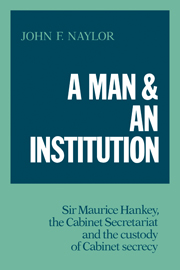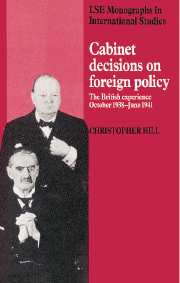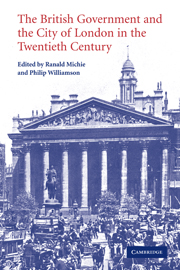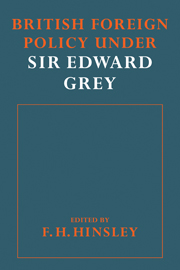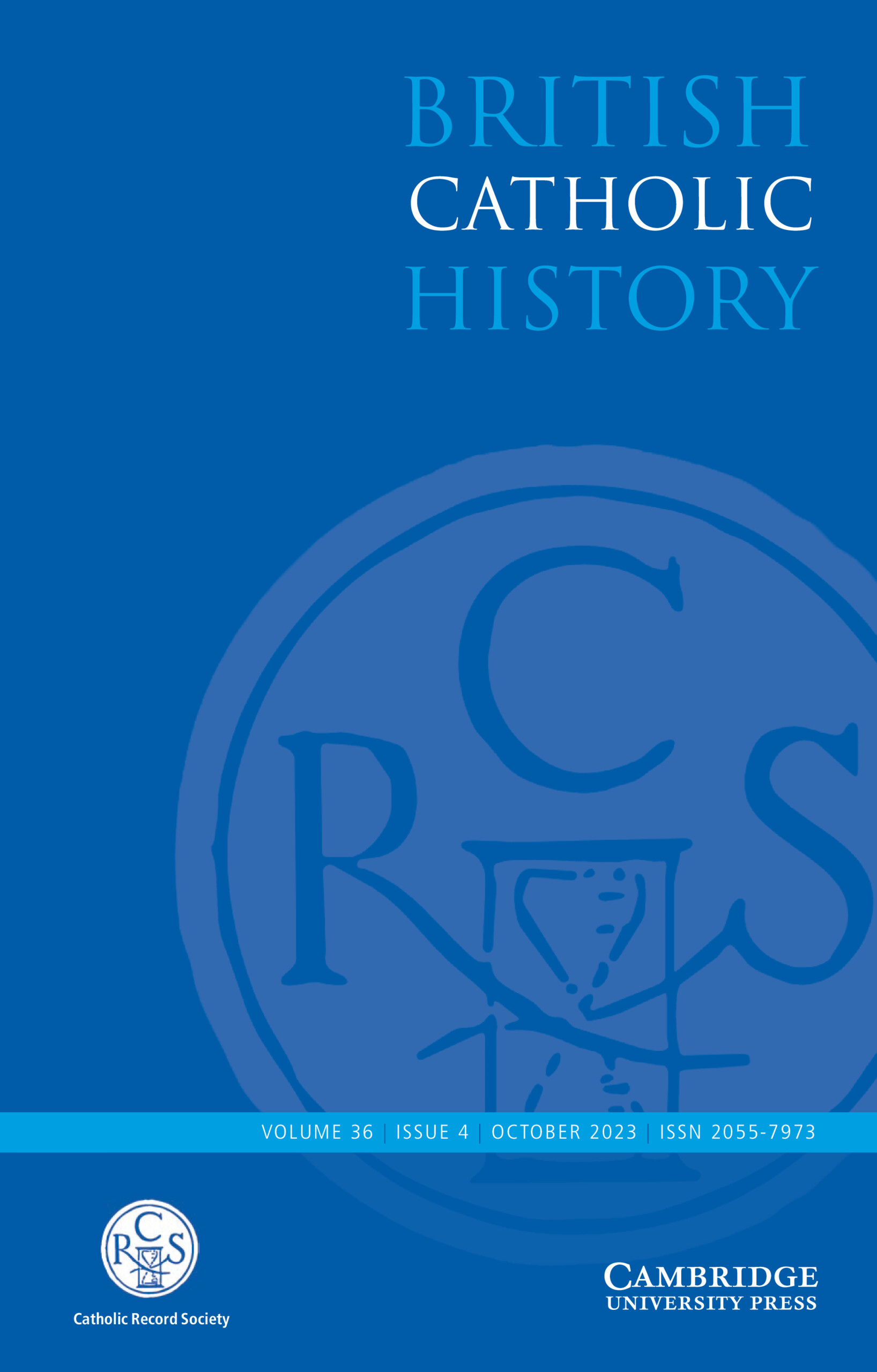A Man and an Institution
The controversy surrounding the publication of Richard Crossman's Cabinet Diaries (1975) brought to the fore opposing concepts of 'open' and 'closed' government within Britain's free society. While a balance has for the moment been struck concerning the secrecy of Cabinet proceedings, a historical question remains: by what process, and with what results, has official secrecy come to envelop the practices of modern Cabinet government? This book tackles that key question, drawing upon a uniquely wide range of official and private papers to examine the historical development of the Cabinet Office, the custodian of Cabinet secrecy. Established by Lloyd George in the administrative chaos of 1916, the Cabinet Secretariat - as it was first known - emerged as the central agency for the management of Cabinet business, working closely with the Prime Minister himself. In Sir Maurice Hankey's twenty-two-year term as Cabinet secretary, he presided over the institutionalisation of the Secretariat as an office free from partisan taint and he personally served all Britain's inter-war Prime Ministers as confidant and influential advisor.
Product details
January 2009Paperback
9780521093477
436 pages
229 × 152 × 24 mm
0.63kg
Available
Table of Contents
- Preface
- List of abbreviations
- Introduction
- 1. The origins of the Cabinet Secretariat
- 2. The Lloyd George regime
- 3. Crisis 1922
- 4. The Secretariat in the 1920s: policies and procedures
- 5. Twin institutions
- 6. Hankey's last years
- 7. The custody of Cabinet secrecy
- Notes
- Bibliography
- Index.

